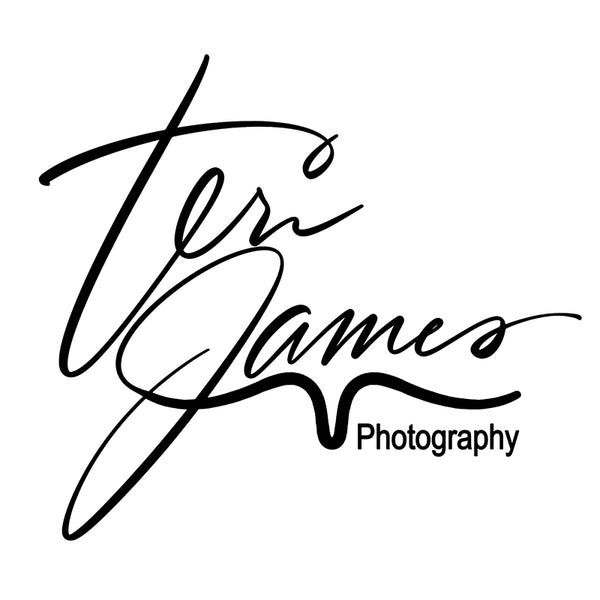Share
Photographing Farm Animals with a Focus on Longhorn Cattle
The art of photographing farm animals offers a unique blend of challenges and rewards, presenting an opportunity to capture the raw beauty and personality of these creatures. Among the variety of animals that roam the fields, cattle, and more specifically, Longhorn cattle, stand out for their majestic presence and iconic status in American agriculture. This blog explores the nuances of photographing farm animals, with a special emphasis on Longhorn cattle.
Understanding Your Subjects
Successful animal photography begins with understanding the behavior and temperament of your subjects. Cattle are generally peaceful animals but can be unpredictable. Spending time observing them before shooting can help you predict their movements and capture their natural behavior. Longhorn cattle, known for their distinctive horns and diverse color patterns, require a respectful distance due to their impressive horn span.
Equipment and Settings
Choosing the right equipment is crucial. A DSLR or mirrorless camera paired with a telephoto lens allows you to maintain a safe distance while capturing detailed shots. For close-ups and portraits, a prime lens can offer beautiful bokeh, highlighting the animal's features against a soft, blurred background. Utilizing a fast shutter speed is essential to freeze motion, especially for candid shots of animals in movement. Aperture settings can vary; a wider aperture (lower f-number) for individual animal portraits and a narrower aperture (higher f-number) for group shots to ensure sharp focus throughout.
Lighting and Time of Day
Natural light is your best ally, and the golden hours—shortly after sunrise and before sunset—provide soft, flattering light that enhances textures and colors, especially the rich tones of Longhorn cattle. Overcast days can also offer excellent lighting by diffusing sunlight and eliminating harsh shadows, ideal for capturing the intricate details of the animals' coats and expressions.
Composition and Perspective
Composition plays a significant role in animal photography. Try to capture the animals at their eye level to create a more intimate and engaging perspective. This approach brings the viewer into the animal's world, creating a connection between the subject and the audience. For Longhorn cattle, consider compositions that emphasize their impressive horns and distinctive markings. The rule of thirds can help balance the image, placing the animal in a way that feels natural and dynamic.
Capturing Personality
Each animal has its unique personality, and capturing this can turn a good photo into a great one. Pay attention to expressions, interactions, and moments that reveal the animal's character. Look for opportunities to photograph them in their natural environment, interacting with other animals or showcasing their curiosity and gentle nature.
Ethical Considerations
Always prioritize the welfare of the animals. Avoid actions that might stress or disturb them. Use a respectful approach, keeping a safe distance and using zoom lenses to minimize intrusion. Remember, the goal is to capture their beauty and essence without compromising their well-being.
Photographing farm animals, especially Longhorn cattle, is a rewarding venture that combines the challenges of wildlife photography with the beauty of domestic life. By understanding your subjects, choosing the right equipment, and approaching each shot with respect and creativity, you can capture stunning images that celebrate the essence of farm life. Whether it's the natural curiousity of a Longhorn cow or the playful interaction between calves, each photograph tells a story of life on the farm, inviting viewers to appreciate the simple beauty of these creatures.


